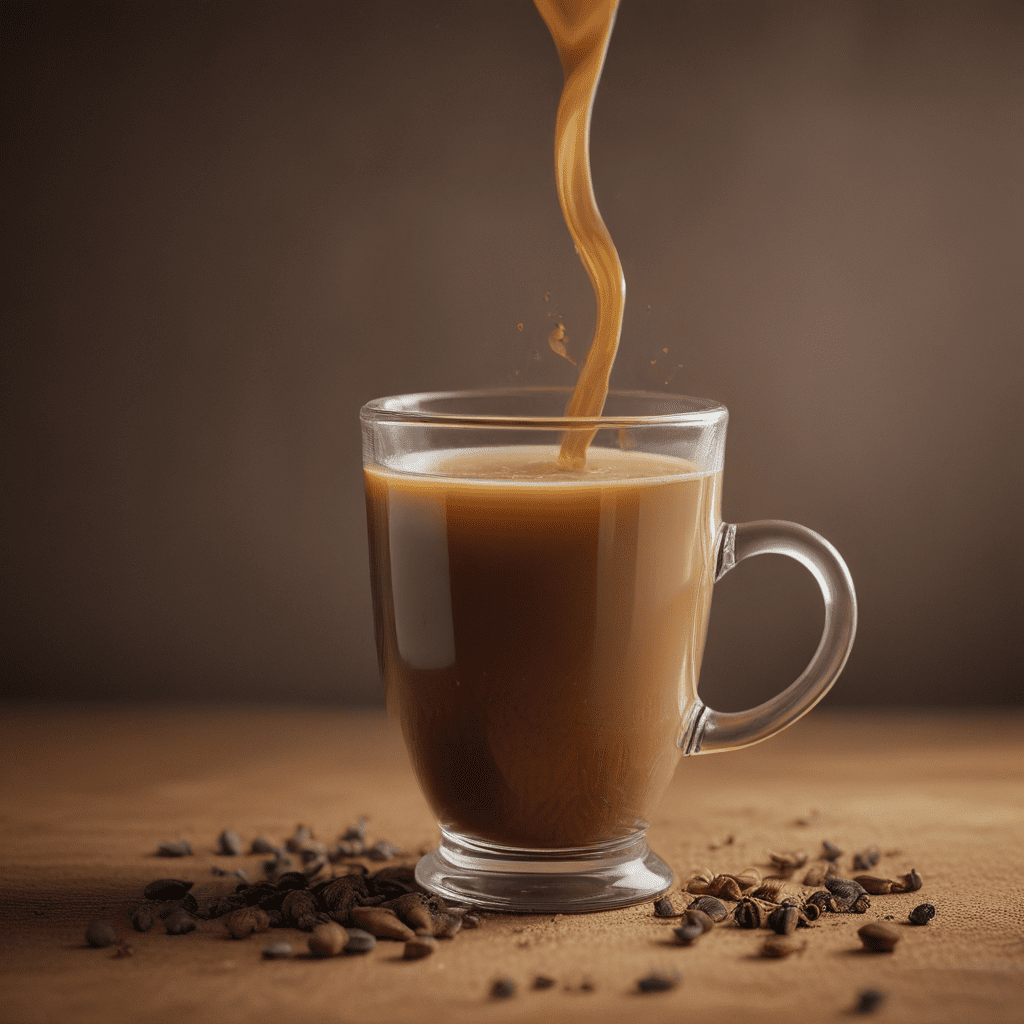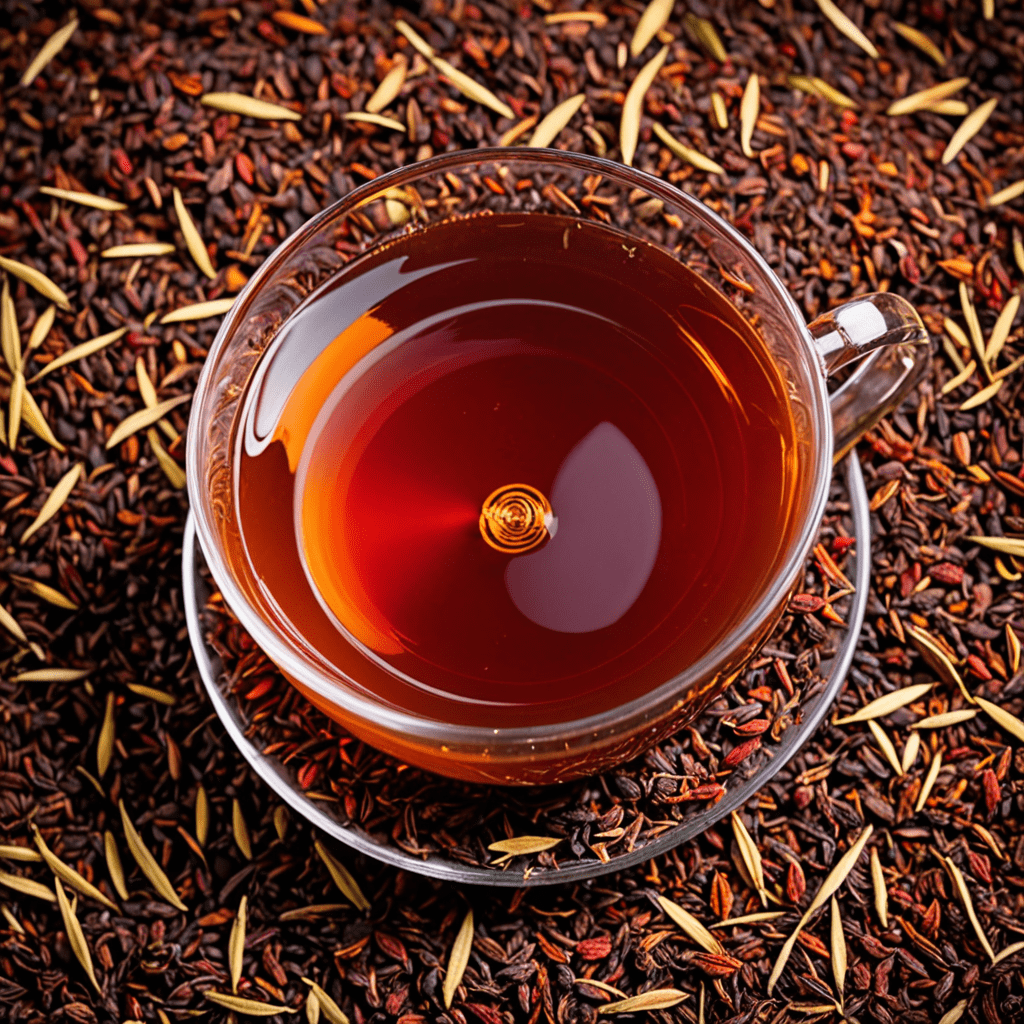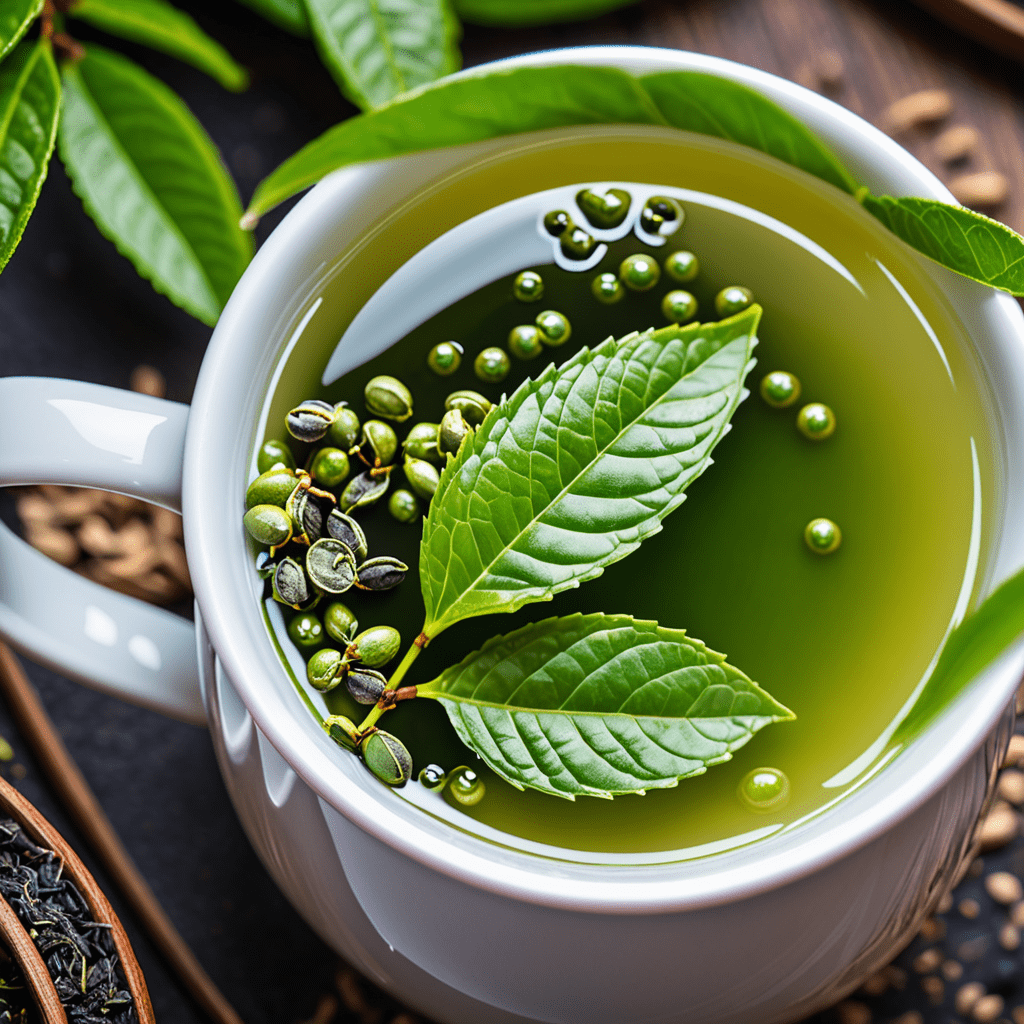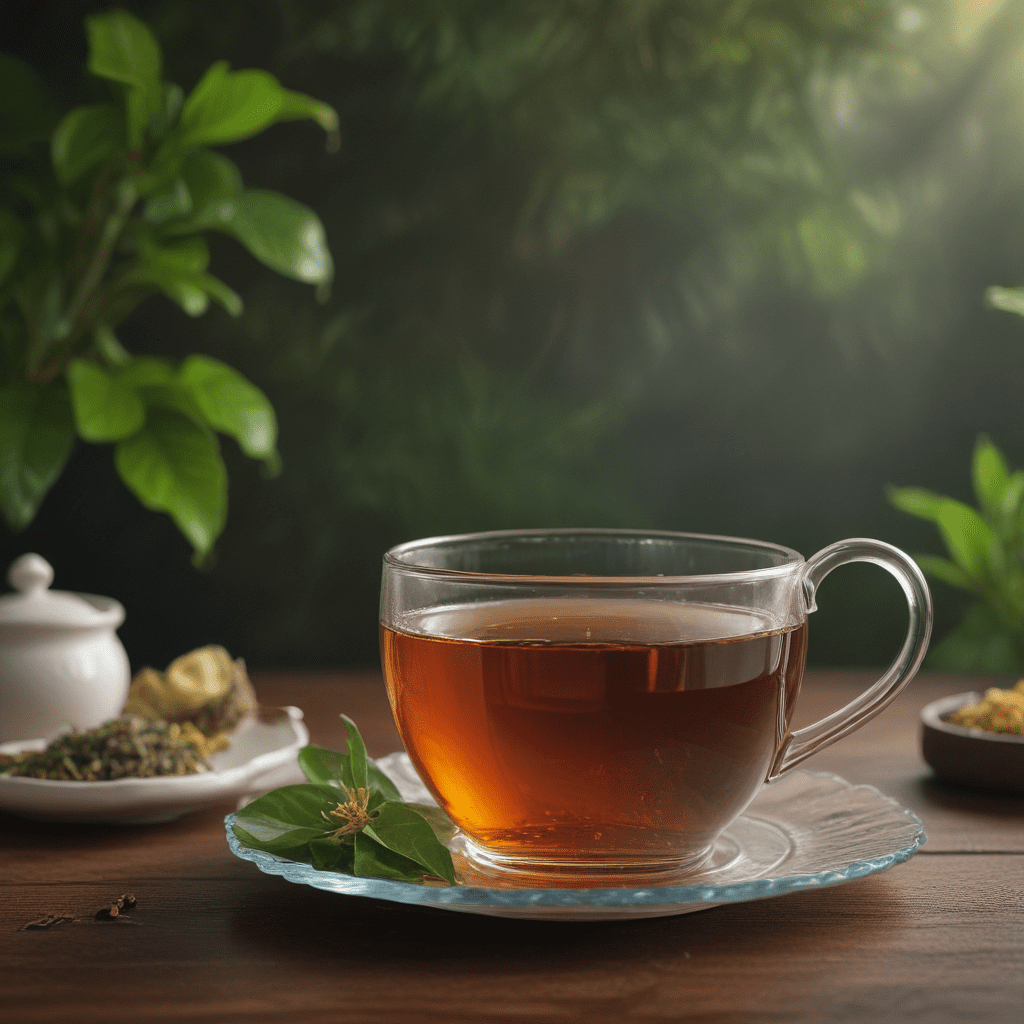
Chai Tea: A Historical and Cultural Journey
Chai tea, an aromatic beverage steeped in history, has captivated palates worldwide for centuries. Originating in the Indian subcontinent, where it was traditionally brewed using a blend of spices and black tea leaves, chai has evolved into a diverse drink with regional variations. From humble beginnings as an Ayurvedic medicinal concoction to its current status as a global phenomenon, chai has intertwined with cultures, inspiring rituals, and becoming a symbol of warmth and hospitality.
Ingredients of Chai: A Fusion of Flavors
The essence of chai lies in the harmonious blend of its ingredients. Typically, black tea leaves form the base, providing the beverage's characteristic robust flavor. Spices, including cardamom, cloves, cinnamon, and ginger, add warmth and depth, while aromatic additions such as star anise, fennel seeds, and black peppercorns enhance its complexity. Milk or dairy alternatives contribute creaminess, and sweeteners, like honey or sugar, balance the flavors, resulting in a rich, flavorful concoction that tantalizes the senses.
The Art of Brewing Chai: Techniques and Variations
Brewing chai is an art that allows for personal preferences and experimentation. Traditional methods involve simmering the tea leaves and spices in water or milk for an extended period, allowing the flavors to meld. Alternatively, chai can be prepared using a stovetop espresso maker or a French press. The brewing time, temperature, and proportions of ingredients vary depending on desired strength and taste, making each cup of chai a unique sensory experience.
Health Benefits of Chai: Medicinal and Nutritional Properties
Beyond its delightful taste, chai offers a myriad of health benefits. Its antioxidant content, derived from the spices and tea leaves, helps protect cells from damage. The anti-inflammatory properties of ginger and other spices may alleviate digestive issues and soothe sore throats. Chai also contains beneficial compounds that support digestion, boost immunity, and promote overall well-being, making it a beverage that nourishes both body and soul.
Chai Culture Around the Globe: Regional Variations and Traditions
Chai's global popularity has led to a wide range of variations in its preparation and consumption. In India, where chai originated, it is typically served with milk and sugar, while in Tibet, it is often prepared with yak butter and salt. In North Africa, chai is known as "karak tea" and is brewed with a blend of black tea, spices, and condensed milk. Around the world, chai has been infused with local flavors, resulting in diverse and unique concoctions that reflect the cultural heritage of each region.
Chai as a Source of Comfort and Ritual: Emotional and Social Aspects
Beyond its taste and health benefits, chai holds emotional and social significance in many cultures. In India, it is a staple beverage consumed throughout the day, fostering a sense of warmth and community. In the Middle East, chai is often served as a gesture of hospitality, symbolizing welcome and friendship. Around the world, chai has become synonymous with comfort and relaxation, evoking a sense of nostalgia and well-being.
Chai Tea in the Modern World: Trends and Evolutions
The popularity of chai tea continues to soar in the modern world, with new variations and trends emerging. The rise of specialty coffee shops has led to the creation of chai lattes, iced chai, and other innovative beverages. Chai has also found its way into food preparation, adding its distinct flavor to desserts, pastries, and even savory dishes. As health consciousness grows, there has been an increasing demand for caffeine-free and herbal chai options, catering to the diverse needs of tea enthusiasts.
Home Brewing Chai: Tips and Tricks for Perfect Cups
Brewing chai at home allows for experimentation and customization. To achieve the perfect cup, start with high-quality black tea and freshly ground spices. Use filtered water and bring it to a boil. Add the tea leaves and spices, reduce heat, and simmer for 5-10 minutes, depending on desired strength. Strain the tea into a cup and add milk or a dairy alternative. Sweeten to taste. For a smoother texture, use a milk frother. Enjoy your homemade chai, savoring the warmth and aromatic complexity.
Chai-Inspired Delicacies: Culinary Explorations with Chai
Chai's versatility extends beyond beverages, inspiring culinary creations that tantalize the taste buds. Chai ice cream, with its creamy texture and aromatic spices, offers a refreshing twist on a classic dessert. Chai cupcakes, infused with the flavors of the beloved tea, delight with their moist crumb and delicate sweetness. Chai panna cotta, a creamy and indulgent dessert, combines the richness of chai with the smooth texture of panna cotta. Experimenting with chai in cooking and baking adds a touch of warmth and exoticism to any dish.
Frequently Asked Questions
What is the difference between chai tea and regular tea?
Chai tea is a blend of black tea leaves and spices, while regular tea refers to unflavored black, green, or herbal teas.
How do I make chai tea at home?
Bring water to a boil, add tea leaves and spices, reduce heat, and simmer for 5-10 minutes. Strain, add milk and sweetener, and enjoy.
What are the health benefits of chai tea?
Chai tea is rich in antioxidants and anti-inflammatory compounds, supporting digestion, boosting immunity, and promoting overall well-being.
Can I make chai tea without caffeine?
Yes, you can use decaffeinated black tea or substitute it with herbal teas like rooibos or chamomile.
How can I store chai tea?
Store chai tea in an airtight container in a cool, dry place. It can be stored for up to six months.


